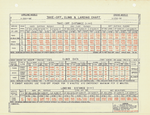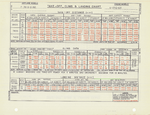Shortround6
Lieutenant General
It is, the P-39 chart at Zeno's doesn't have the percentages filled in but we know it can't be zero 
Just pointing out that test results don't always reflect service results, especially in very different climate conditions. ALL planes are going to be degraded somewhat, some may be degraded more than others.
Just pointing out that test results don't always reflect service results, especially in very different climate conditions. ALL planes are going to be degraded somewhat, some may be degraded more than others.


